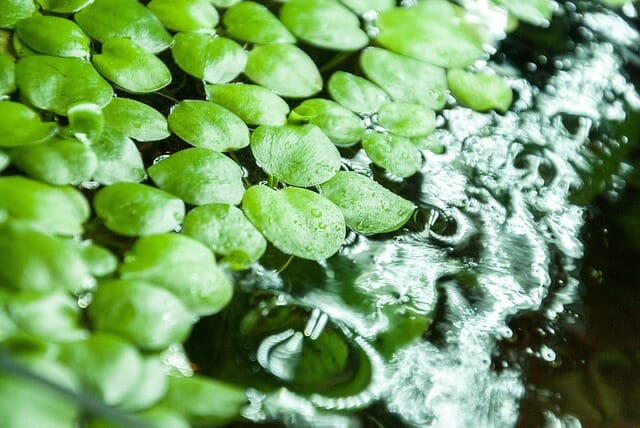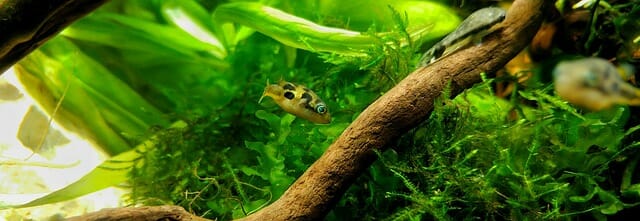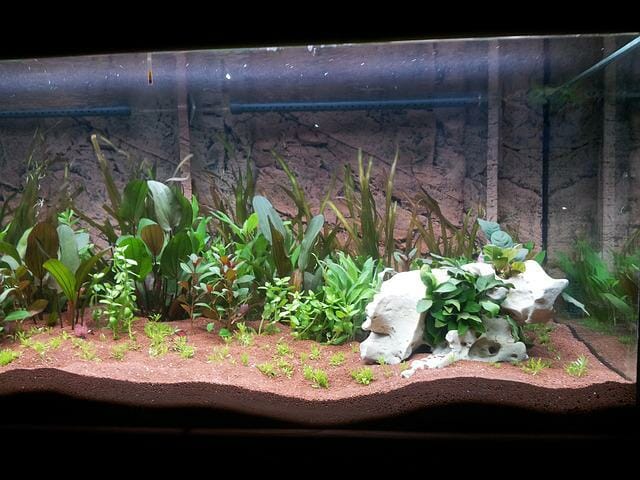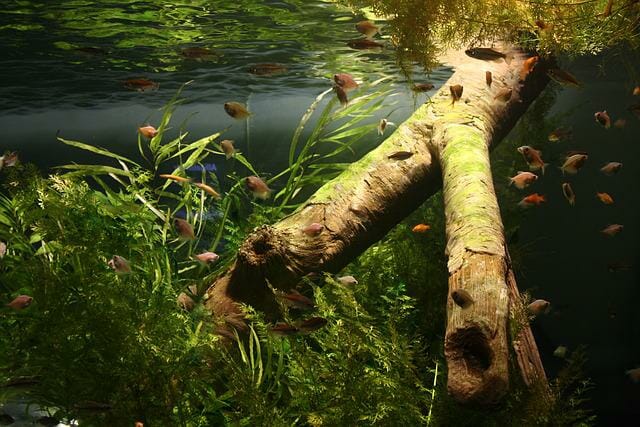Planted Aquarium Ideas: Beautiful Options and How to Do Them

Aquariums are a great way to add some beauty and excitement to your home, and they’re also a great way to learn about aquatic plants and fish. Whether you’re looking to set up a small tank or build an elaborate one, we’ve got plenty of planted aquarium ideas to help you get started. From beginner guides to in-depth articles, we’ve got everything you need to make your aquarium dreams a reality. So dive in!
Table of Contents
Most Popular Types of Planted Aquariums
When buying an aquarium, there are many pros and cons to consider. But before you purchase, here are a few planted aquarium ideas that may inspire you.
Terrarium-Style Aquarium
A terrarium-style tank can be gorgeous and delicate looking with plants and glass as the walls, or it can be more rustic with natural elements like stones or wood used for the base. Either way, adding some real plant life gives your tank an extra layer of character.
Small, Cozy Aquarium
A small, peaceful, planted tank can be the perfect place to house a few colorful fish friends or, if you’re feeling adventurous, a more exotic species like an angelfish or corydoras catfish. Planning and arranging the plants in such a confined space will require creativity, but it’ll be well worth it when you see the admiration on your guests’ faces as they watch these brightly colored fish interact in their natural habitat.
Large, Open Aquarium
A large, open-top planted tank can be the centerpiece of any room and look great, either recessed into a wall or suspended from the ceiling – like an outdoor patio underwater! When choosing plants for your aquarium, make sure to select those that will grow well in water that’s both warm and nutrient-rich (a bit of organic fertilizer can help). Want to take things one step further? Try planting a small stream or river inside your tank to create a natural water feature.
Aquascape: Adding Plants to Aquariums
Aquascape is the perfect place to introduce yourself and learn about planted aquariums. Aquascape offers a variety of products, services, information, and support for both beginners and experienced aquarists.
What Is Aquascaping?
Aquascaping is the art and science of arranging plants in an aquarium. It can be done indoors or outdoors, like a small tank or a large pond, but you must follow some general rules to create a successful aquascape. In addition, aquascapes can be made with floating and semi-floating plants. As a rule of thumb, aquascape has three main elements: organization, color, and presentation. Creativity is the key word here! You don’t have to follow any particular design; instead, you should tailor your tank’s appearance to match the décor in which it will reside or put on its unique display.
How to Do Aquascaping?
1. Choose a focal point – your tank’s centerpiece should be the focus of attention, whether it’s an interesting rock or a brightly colored fish.
2. Use contrasting colors and shapes to create visual interest – using one color throughout the aquascape can be tedious; mix things up by using blue along with green or red plants, for example.
3. Add plenty of floating plants and juvenile fish to help make your aquascape look alive.
Ideas for Planted Aquascaping
Small Aquarium Natural Aquascape
This aquascape features a natural, sandy substrate with rocks and driftwood scattered throughout. The gentle incline of the substrate ensures good water circulation, while the open layout provides plenty of hiding places for fish.
Large Aquarium Natural Aquascape
This aquascape features a natural sand substrate combined with many plants and rocks. The open layout and tall plants provide plenty of swimming space for your fish, while the gentle incline ensures good water circulation. Low lighting helps to create a calming atmosphere in the tank.
Lakebottom Aquascape

This aquascape features a sandy substrate balanced with plenty of lily pads and Corydoras catfish. The lake bottom provides plenty of hiding places for fish and plant roots; the bright blue hues also provide good contrast against the dark substrate.
Meadow Aquascape
This aquascape features a small meadow at the bottom of the tank, with plenty of java fern and waterlily plants. The gentle slope ensures water filters through the substrate quickly, creating a consistently clean environment for your fish.
Waterfall and River Aquascapes
Aquascaping with a natural water flow or river is a great way to add an element of nature to your tank. Use tall plants to create the illusion of a flowing stream, and use rocks and boulders for variety along the banks.
Amazon Aquascape
This aquascape features a lush, Amazon jungle-style ecosystem at the bottom of the tank. The natural sand substrate and abundance of aquatic plants provide plenty of hiding places for fish and plant roots. The low lighting creates a tranquil atmosphere in the tank.
Island Aquascape
This aquascape features a natural island in the center of the tank. The lush vegetation and small streams on the island create plenty of hiding places for fish, while the gentle incline ensures good water circulation. In addition, the giant fish and smaller plants produce plenty of room for swimming.

What to Consider in Aquascaping?
There are a few things you should look for when aquascaping your fish tank. The first is the substrate. You want to find a substrate that will provide good water circulation and offer plenty of hiding places for your fish. Another essential quality is light exposure. You’ll want to choose an aquarium with low lighting to create a tranquil atmosphere in the tank.
Aquarium Size
When aquascaping a tank for small to medium-sized fish, you’ll want an aquarium that is at least 20 gallons in size. Larger tanks can accommodate a wider variety of fish, but they may not have enough room to swim. In addition, a smaller tank will usually require less maintenance than a larger one.
Fish Compatibility
Some fish are more social than others. For example, if you want to keep two or more of the same fish species together, they may better suit a smaller tank for your needs. But, on the other hand, if you’d like to mix different species of fish, a larger tank will work best.
Plant Safety
When choosing plants for your aquarium, you’ll want to ensure they’re planted safely. Many common aquatic plants can contain toxic chemicals that could harm your fish. Instead of using aquatic plants, consider using a water filter to clean the water and provide nutrients for the fish.
